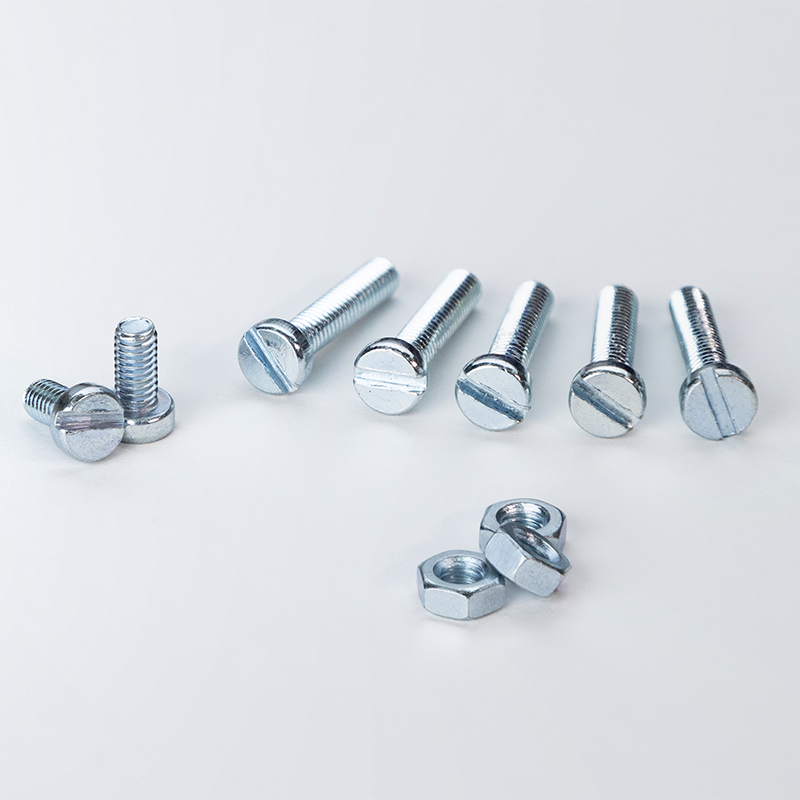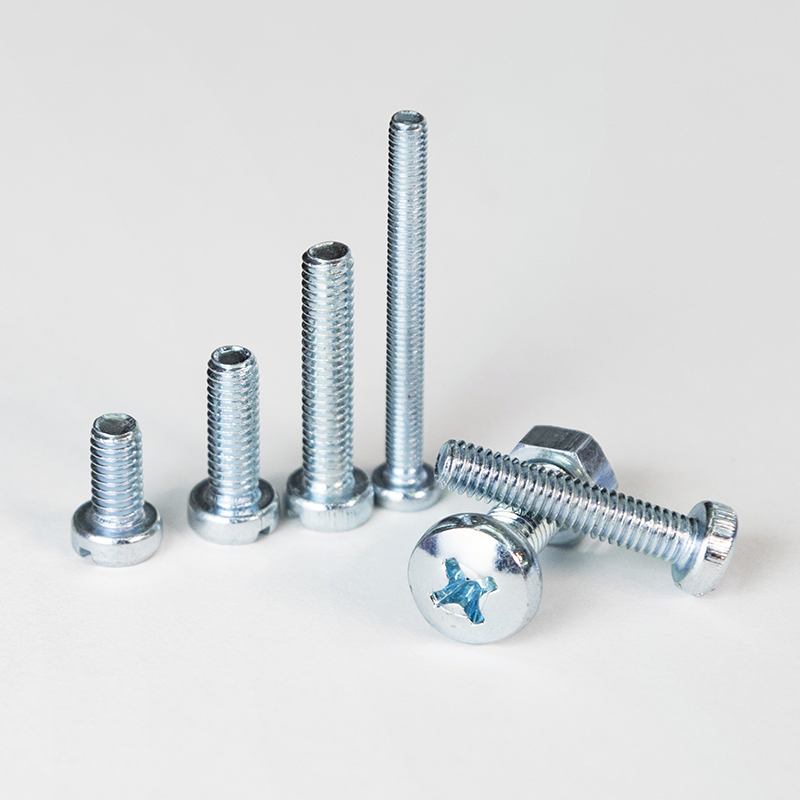Did you know that the first known recorded use of screws occurred during the time of the ancient Greeks? They utilized screws in devices to press olives and grapes, a testament to their ingenuity and resourcefulness. Since then, screws have evolved into one of the most essential and widely used pieces of hardware manufactured today.
Fastener hardware has significantly evolved over time, with a vast array of shapes, sizes, styles, and materials available in the market. When selecting a fastener for your application, one of the most crucial factors to consider is the type of head the screw will have.
The head of a screw is critical for various reasons. It determines the method of driving or turning the screw, and it also affects the aesthetics and functionality of the final product. Therefore, understanding the different types of screw heads and their respective advantages is essential for making an informed choice.
One commonly used type of screw head is the Phillips head. Developed in the 1930s by Henry F. Phillips, it features a cross-shaped recess that allows a Phillips screwdriver to engage securely. Its design enables better torque transmission, reducing the likelihood of slippage and ensuring a more reliable connection. The Phillips head has become ubiquitous in many industries and household applications.
Another popular screw head is the flathead, also known as a slotted screw. It features a single straight slot on top, enabling it to be driven using a flathead screwdriver. While it might not offer the same grip as other screw heads, it remains widely used in woodworking, furniture assembly, and other traditional applications. The flathead’s simplicity and affordability contribute to its continued popularity.
In recent times, the Torx head has gained increasing popularity. Developed by the Camcar Textron company in 1967, it features a six-point star-shaped recess. This design provides enhanced torque transmission, reducing the risk of stripping or camming out. The Torx head is commonly utilized in industries where precise and high torque applications are required, such as automotive, electronics, and aerospace.
For applications where aesthetics are crucial, the socket head cap screw offers a sleek and flush appearance. It features a cylindrical head with a recessed internal hex socket, allowing it to be driven using an Allen wrench or hex key. The socket head cap screw is commonly used in machinery, automotive, and high-end furniture, where a clean and streamlined look is desired.
Beyond these popular options, there are numerous other types of screw heads available, each with their unique advantages. For instance, the square drive, Pozidriv, and hexagonal heads are commonly used in specific industries or specialized applications.
In conclusion, the selection of the right fastener for your application involves considering various factors, such as size, material, and style. However, the type of head the screw will have is of utmost importance, as it determines the driving mechanism and can impact the overall performance and appearance of the final product. Whether you opt for the tried and true Phillips head, the traditional flathead, or the precision of a Torx head, understanding the different types of screw heads will ensure that you make an informed decision when it comes to choosing the perfect fastener for your needs.
Post time: Aug-03-2023



